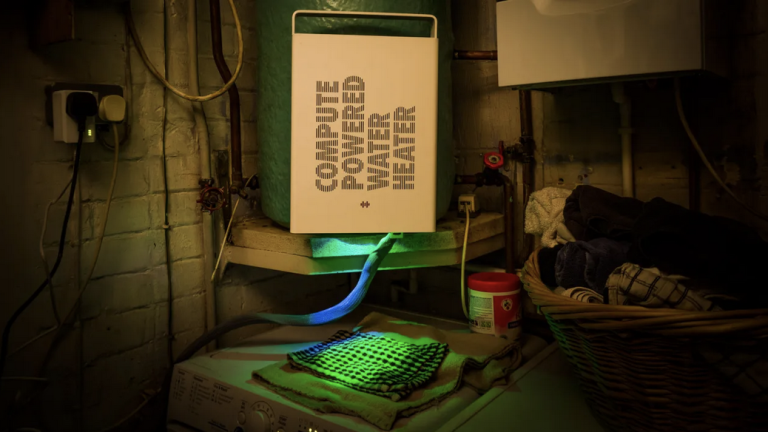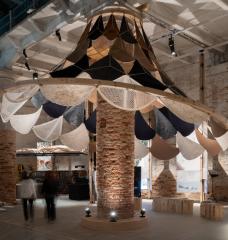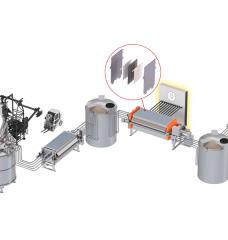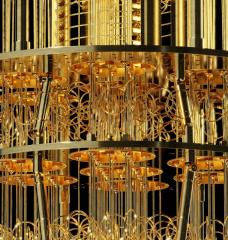
Using heat generated by computers to provide free hot water was an idea born not in a high-tech laboratory, but in a battered country workshop deep in the woods of Godalming, England.
"The idea of using the wasted heat of computing to do something else has been hovering in the air for some time," explains Chris Jordan, a 48-year-old physicist, "but only now does technology allow us to do it adequately.
"This is where I prototyped the thermal conductor that carries heat from computer processors to the cylinder filled with water," he says, opening his workshop door to reveal a 90-liter electric boiler. "We ran the first tests, and we understood that it could work." Jordan is cofounder and chief technology officer of Heata, an English startup that has created an innovative cloud network where computers are attached to the boilers in people's homes.






